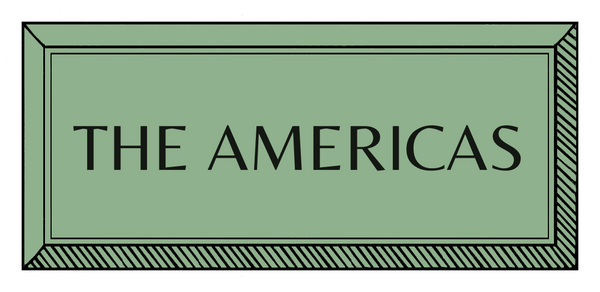MAKERS | THE AMERICAS | USA | WEAVING
Jonathan Kline | Basket Maker

Jonathan Kline © Em McCann Zauder. Courtesy Mary MacGill Gallery.
Artist, sculptor and basket maker Jonathan Kline creates works using splint basketry, crafted from the native Black Ash trees of Central New York, as the Indigenous Peoples have done for centuries. Seeing the woven form as a vehicle to express his sculptural visions and painterly surfaces, he understood that the possibilities were unlimited. With an organic process of slow movement from the utilitarian to the artistic, embracing sensual volumes and an abstract grid vocabulary, Jonathan Kline's baskets live contemporaneously in the worlds of art and craft.
How did you begin?
The upper Hudson Valley, where I grew up, has a rich history of splint basketry. These were made primarily by nearby Shaker communities starting in the late 1700s, and the Taghkanic basket makers who lived in the wooded hills not far from Hudson, NY. These traditions sparked my interest in the craft, although they were long gone by the 1960’s-70’s when I became interested in learning the craft.
How did you learn?
My hands-on introduction to the craft came in 1981, when I had the opportunity to work with Newt Washburn, a fourth generation basket maker living in the White Mountains of New Hampshire. Of Abenaki and Central European descent, his baskets, like most other splint baskets, showed the influence of both cultures. From him I learned the fundamentals of the craft, primarily the preparation of materials from the tree.

© Andrew Gillis
How do you plan, prepare and create your works?
Making a basket from a tree requires a good bit of hard physical work. Black Ash is unique in that the annual growth layers of the tree can be separated from the tree by pounding along the length of the log. The pounding crushes the spongy layer between the growth rings and allows the pulling of two to three inch wide strips of wood from the log. Because there is no interruption in the grain of the wood, these strips are incredibly flexible, strong and durable.
The weaving technique I use is, for the most part, the basic plain weave. With this I can create most forms both for sturdy utility baskets and curvaceous sculptural pieces. The process of making my baskets requires only a few simple hand tools— a factor in my initial choice of the craft! These tools hardly differ from those used by 18th century basket makers. While many basket makers use molds to shape the form, I made an early decision to shape the forms by hand and eye, enjoying the irregularities and variations that are inherent in that way of working. I chose this craft with the intention of making beautiful objects for people to bring into their homes and lives. But also, to provide myself and my family with a more sustainable and elemental lifestyle.

© Andrew Gillis
Who or what most influences your work?
My single greatest inspiration is my interaction with my immediate environment. I am fortunate to live on the edge of the forest in the Finger Lakes Region of New York State. Daily walks through woods and fields energize me, and inspire me to do the work that I have now been doing for 40 years.
What does a typical day look like?
I am an early riser, and typically head across the field to my shop, a walk I sometimes call my “commute”. I have been working in this same shop space almost daily for 35 years. I am a person of routines. I make a great effort to vary the many (often arduous) tasks required for making baskets and woven sculptures from a tree, much of this involving material preparation. It takes a balanced approach to the day to keep the inspiration and passion alive from conceptualization through execution.
While the making of a functional basket takes hours or days depending on its size, the weaving of a large sculptural piece will be a process of days or weeks. This slow building process along with the fact that I am weaving the growth layers of the tree gives me the sense of organically growing the piece, as the work continues from day to day.
Words by Peter Speliopoulos
Images from Jonathan Kline, Em McCann Zauder, Andrew Gillis and Marc Keane

































